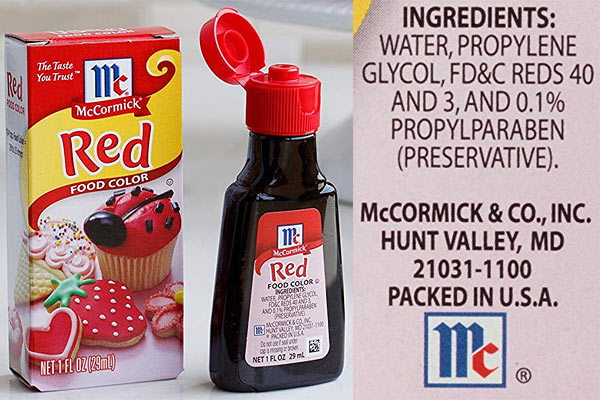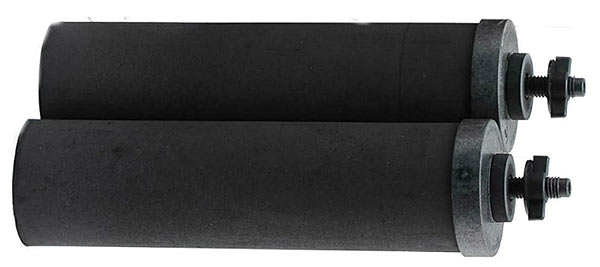Black Berkey Red Dye Food Coloring Test – Does it Work or Not?

I have heard conflicting reports about the validity of the “red dye test” (food coloring) for the Black Berkey water filter elements.
Some have said that it’s a valid test to indicate or verify that the filter is still ‘good’. Others have said, no, it’s not an accurate method of determination.
I have the correct information for you:
The test is valid ONLY if you’re using the right kind of red dye!
This explains why there have been conflicting reports out there. The wrong dye vs. the right dye. Apparently it matters. Here’s more detail:
From one of the Berkey dealers:
“The RED food coloring MUST be ARTIFICIAL using reds FD&C 40 and/or 3.”
Apparently the test only works with this artificial red dye (versus “artificial-free”).
From the dealer:
“There are more and more “artificial-free” red food coloring dyes coming onto the market. This is great for our food consumption, but this type of dye will get through the filters and provide a false/inaccurate reading of a defective filter. We’re seeing this more and more with our customers who then think their filters are defective, when in fact they are NOT.”

McCormick Red Food Color, 1 fl oz
How To Do the Red Food Coloring Test on Black Berkey Filters
Instructions sourced from Berkey’s ‘mothership site’,
New Millennium Concepts, Ltd
I’ve paraphrased for more clarity:
1. Start with an empty system (upper and lower chamber) and remove any Berkey PF-2™ Fluoride and Arsenic Reduction Filters(if installed – Important!).
2. Place cups in the bottom chamber directly underneath where the filter elements drain. This will help isolate which filter may be exhausted and which is still purifying effectively.
3. With filter elements installed, fill the upper chamber with water and add 1 teaspoon of red food coloring for every gallon of water. Be sure the elements are lined up with the cups in the bottom chamber.
4. Allow the water to run through to the bottom chamber.
5. If the red food coloring is removed entirely, your purification system is working properly.
6. If the water in any of the cups is red or has a pinkish tinge, then that particular black filter is defective or exhausted.
How Often To Do The Red Dye Test
Berkey recommends this test be done upon first use.
After that, every three to six months.
The red food coloring test is designed only for the Black Berkey® Purification Elements. NOT for the ceramic or other filter elements that do not filter out food color.
Make sure the food coloring is RED. Red food coloring (unlike the other colors) doesn’t have any minerals, so the element recognizes it as contaminant.
Tip: After sufficient water has filtered into the capture-cups, and if no pink hue is evident, you don’t need the rest of the upper reservoir to filter through. Just dump it.
If it Fails the Test
Is the washer for the filter element stem inside the upper chamber and is the wing nut secured at the bottom? If the washer is on the outside of the chamber with the wing nut, you will not have a proper seal, which will cause your system to fail the test. Place the washer on the inside of the upper chamber and re-run the test.
Tip: Tighten the wing nuts snug only. Don’t over tighten (threads might strip).
Are the blocking plugs properly sealing the unused holes without elements? Are the plugs installed tight with a washer on each side? If the plugs are leaking, this will cause the system to fail the test. Tighten the plugs more securely and re run the test.
New Black Berkey Filters
Tip: How To Clean Berkey Water Filters
2 of these filter elements will purify 6,000 gallons of water:

Berkey Black Berkey Purification Elements, Pack of 2
Continue reading: The Smallest Berkey Countertop Tabletop Water Filter
